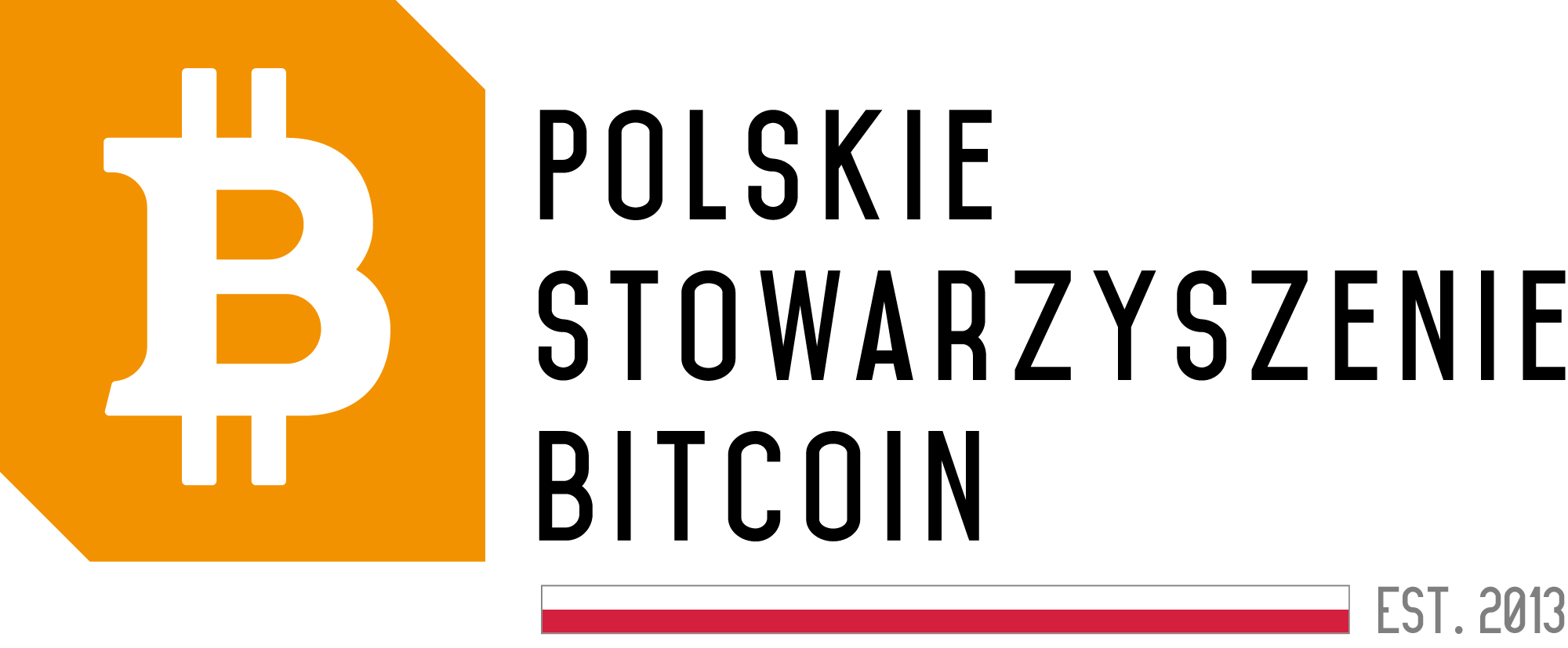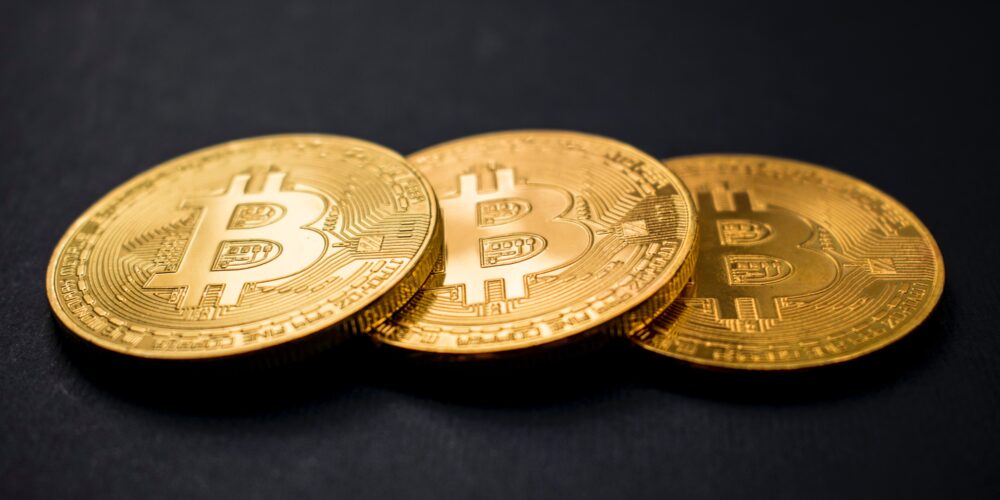quantitative easing (qe)
Quantitative easing, also known as QE, is a monetary policy tool used by central banks to stimulate the economy by increasing the amount of money in circulation. It is a form of economic interventionism that involves the central bank purchasing financial assets such as government bonds or corporate bonds.
How does quantitative easing work?
Quantitative easing aims to lower the cost of borrowing, stimulate investment, and increase economic activity by increasing the money supply in the economy. The central bank creates additional cash, which is then injected into the banking system through the purchase of financial assets. As a result, commercial banks gain additional funds that can be lent to businesses and consumers.
Objectives of quantitative easing
The primary goal of using QE is to stimulate economic growth in situations where traditional monetary policy tools, such as lowering interest rates, prove to be ineffective or insufficient. By increasing the money supply in circulation, the central bank seeks to lower borrowing costs, which should encourage both companies and consumers to increase their spending, investments, and economic activity.
Effects of quantitative easing
Despite the benefits that quantitative easing can bring, there are also certain risks associated with this form of intervention. One of the main concerns is the potential increase in inflation, which may result from the increased money supply. Additionally, some experts worry that prolonged use of QE may lead to excessive dependence of the economy on central bank intervention and the creation of a speculative bubble in financial markets.
It is worth noting that quantitative easing was widely used by central banks around the world during the financial crisis of 2007-2008.
Summary
Quantitative easing (QE) is a monetary policy tool aimed at stimulating the economy by increasing the amount of money in circulation. Through the purchase of financial assets, the central bank seeks to lower borrowing costs, stimulate investments, and increase economic activity. Despite the benefits of QE, there are also risks associated with excessive inflation and the economy’s dependence on central bank intervention. Therefore, the decision to implement quantitative easing must be carefully considered and monitored by the central bank and other financial institutions.






